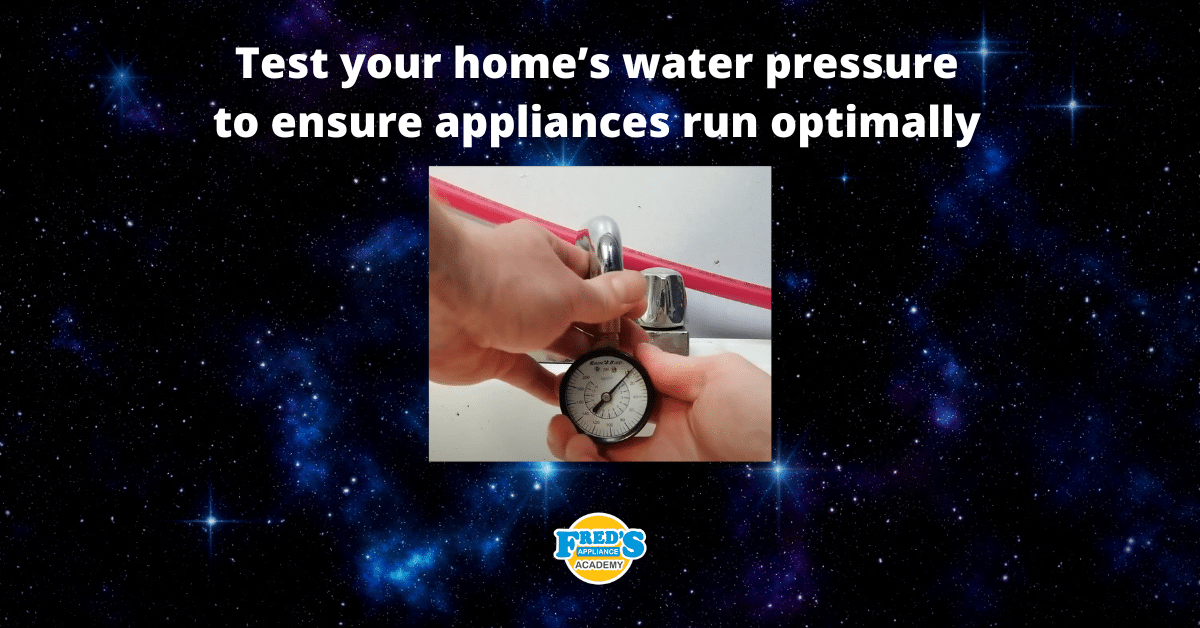
Testing your home water pressure is a quick and simple task. All you really need is a water pressure gauge and a spigot to screw it onto. Here I'm simply utilizing a utility sink. These water pressure gauges can be found at just about any hardware store and usually cost less than 20. As I turn the water on, you see the pressure went from 0 to 85, which is a little bit high, but acceptable.
The next step is to run water at a different source and observe a decrease in pressure. Once the water is turned off, the pressure should rebound back to its original reading. Here I'm running water again, and we can see the needle decreasing in pressure. It is not abnormal to see the needle decrease in pressure as water is being run, but slowly rebound during this process, the more sources of water that are run, the lower this pressure will be. However, ideally, the water pressure should really never drop between 30 to 20 psi, which could result in water valves getting stuck in the open position valves being stuck in the open position can result in the flooding of your household. The ideal water pressure typically will stabilize between 40 to 60 psi and don't be like me and turn the water off when you're removing your gauge.

Appliance Industry 2024 Q1 Results

Congrats to our graduating April 2024 class
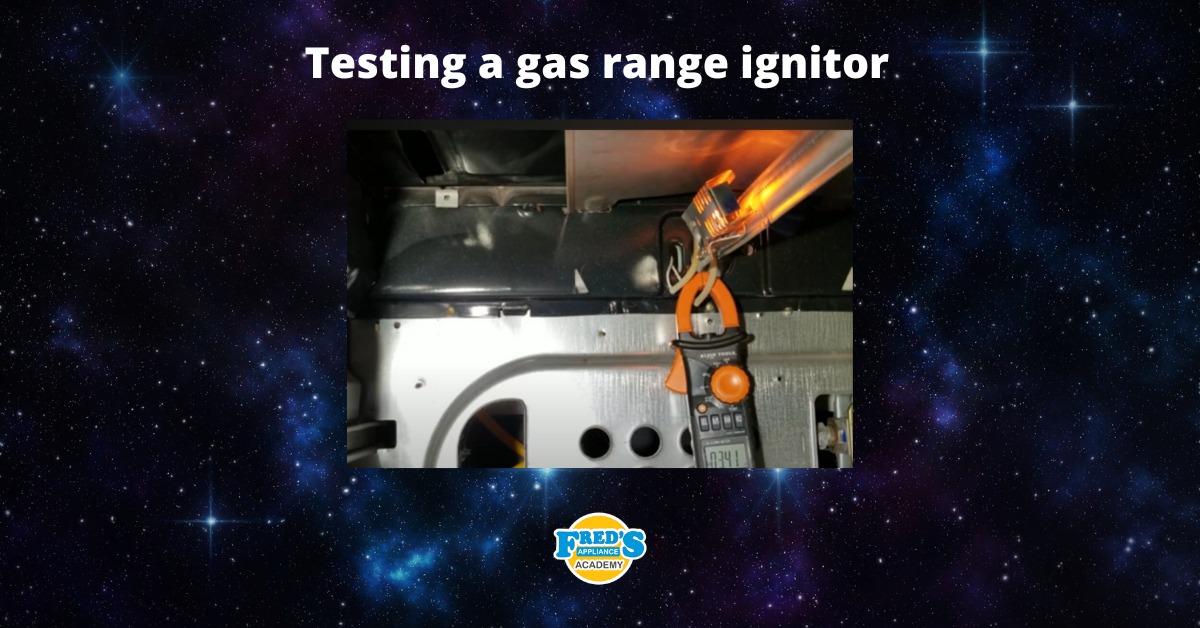
How to test a gas range ignitor

Congrats to our graduating March 2024 class
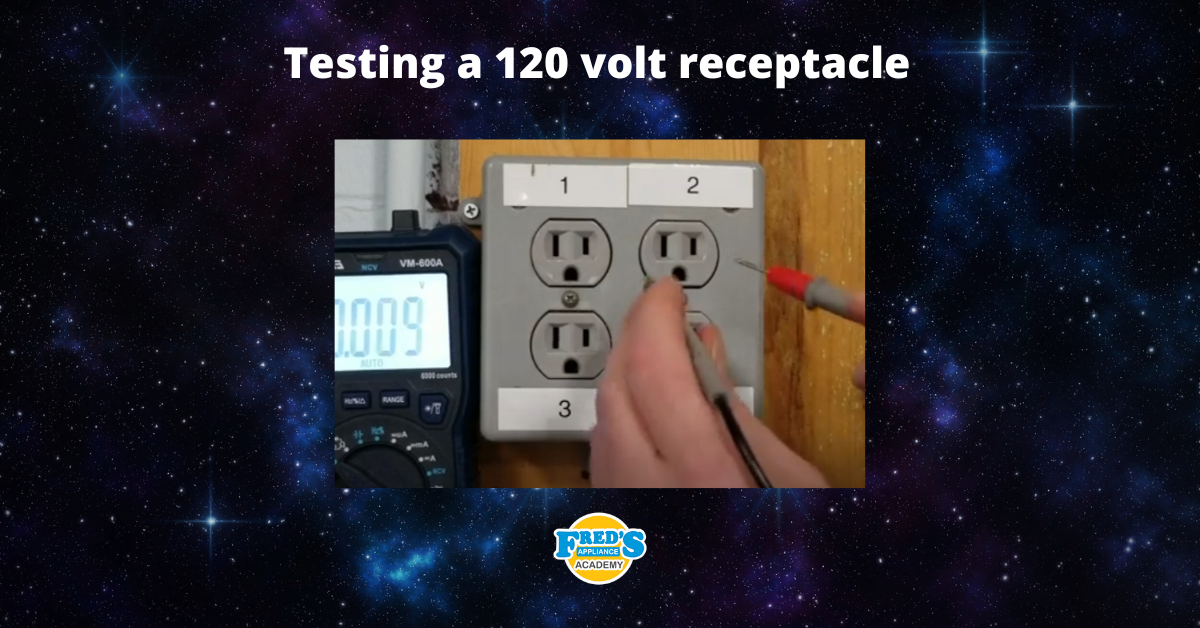
How to test a 120 volt receptacle

Congrats to our graduating February 2024 class
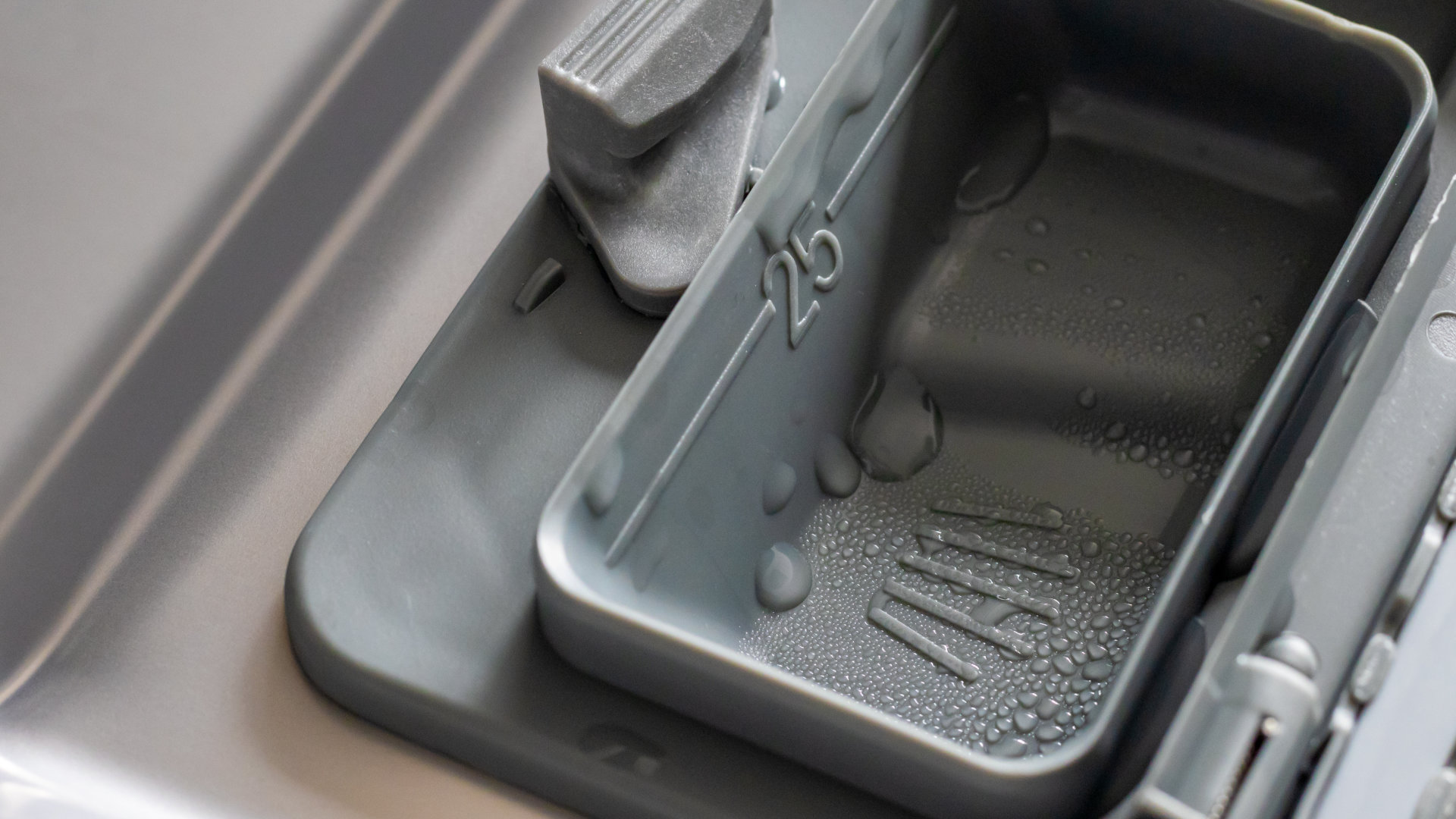
Why Is Your Dishwasher Soap Not Dissolving? (5 Easy Fixes)
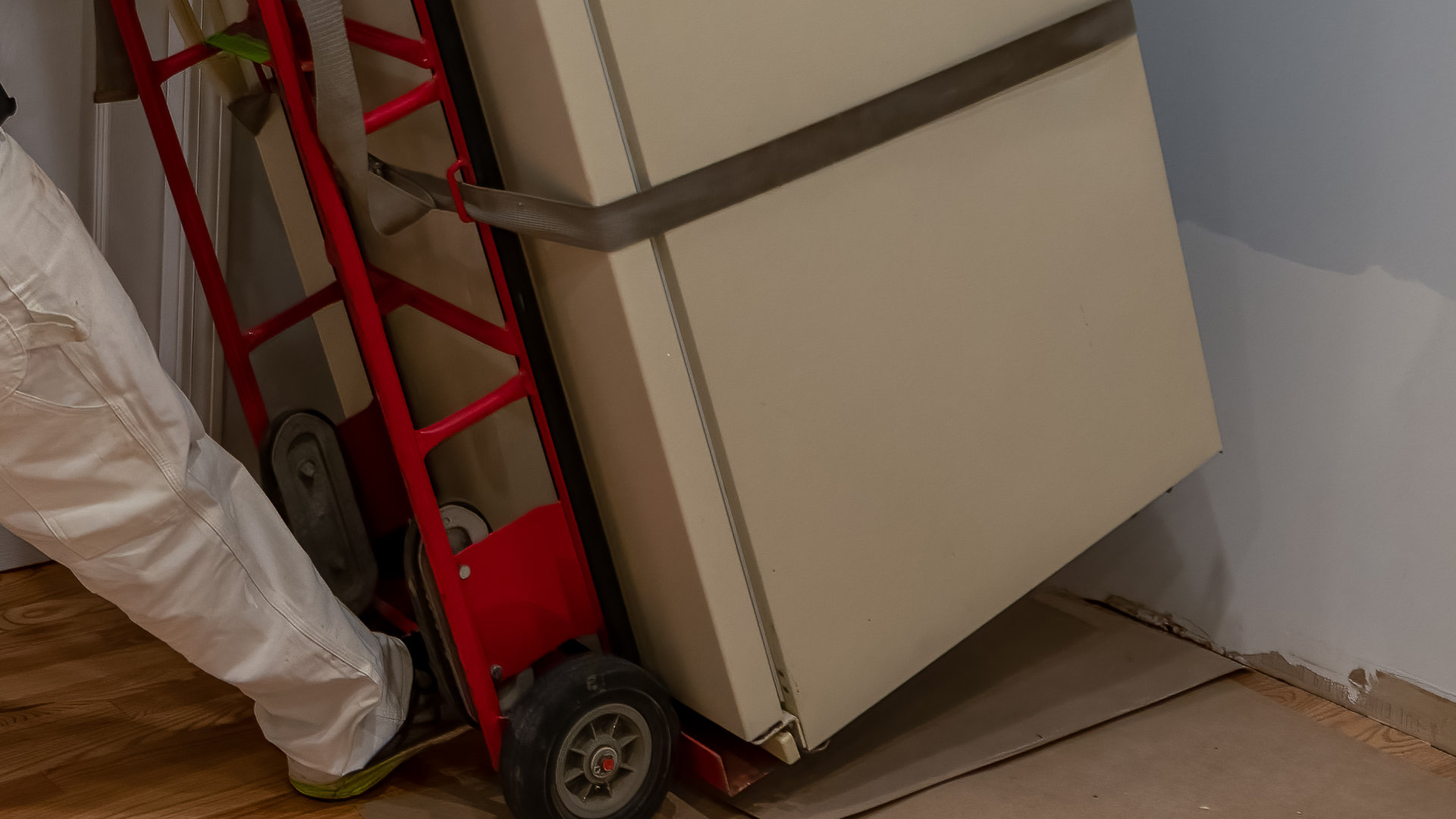
Refrigerator Dripping Water Inside? 5 Quick Fixes

Appliance Industry 2023 Q4 Results



